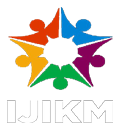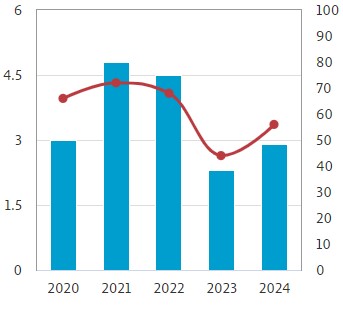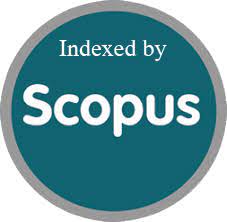Total Deposit Mobilized, Credits and Performance of Micro, Small and Medium Enterprises in Nigeria
Abstract
The objectives of this research is to determine the effect of total deposit mobilized on the performance of Micro, Small and Medium Enterprises (MSMEs) in Nigeria and to assess the relationship between total loans and advances (credits) on the performance of MSMEs in Nigeria. The methodology used was quantitative research method. The population of the study involves all microfinance banks in Nigeria; they are about 902 as at June 30 2020 stated by the Central Bank of Nigeria. Secondary data was obtained on total deposits mobilized, total loans and advances, number of bank branches, investment and return on asset from the CBN statistical bulletin, the CBN annual report and statement of accounts for the relevant years; 2016 - 2021 (6 years). A non-random sampling method upon a purposive sampling technique was used and a systematic approach was employed in identifying the process of analyzing the data collected. The research employs Johansen Cointegration and Ordinary Least Square (OLS) test to test the cointegrating relationships between several non-stationary time series data using E-views statistical package. Financial inclusion was discovered to have impacted the performance of MSMEs and the effect of financial inclusion on MSMEs performance was significant. Also, there was a negative correlation between total loans and advances and the performance of MSMEs. However, the effect was not significant on MSMEs performance. The research concluded that increased borrowing might result in the insignificant to turn significant and this may possibly lead to government’s inability to fund its future debt commitments when they fall due. The study recommended that government at federal and state levels must provide friendly environment through the availability of infrastructural amenities such as motorable roads, regular water supply, continuous power supply and effective and cheap communication network to encourage investments which will bring more financial inclusiveness from rural dwellers.




